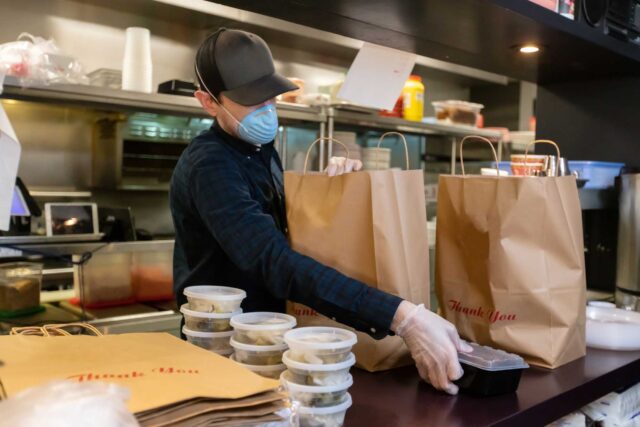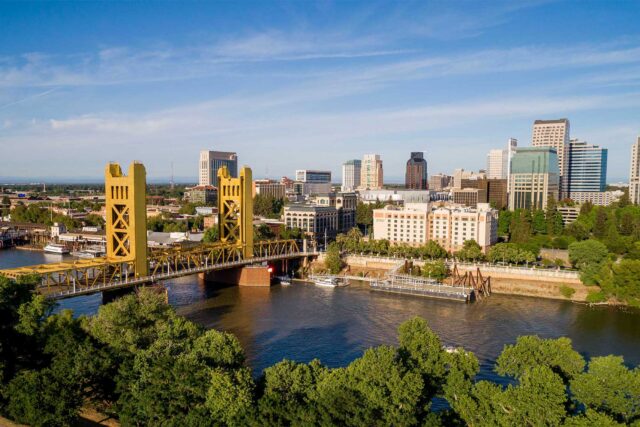California’s economic recovery is headed in the right direction, according to the latest indicators—but not as quickly as we’d like. Although unemployment rates are unchanged, California added 102,000 jobs between March and April. A small dose of good news: job growth was strongest in the hardest-hit, face-to-face sectors.
California’s unemployment rate has remained at 8.3%. Though 34,000 Californians entered the labor force in April, it is still half a million people smaller than pre-pandemic, including 1.5 million Californians who are unemployed. If reopening and rehiring continues to crawl, at the current pace California would recover jobs lost in about 14 months. A slow recovery is daunting for unemployed Californians, as nearly all stand to gain from securing long-term employment compared to the benefits from unemployment insurance, notwithstanding greater generosity this recession.
Despite its slow pace, job growth in California looked stronger than in the nation: 38% of all jobs nationwide were added in California. Three-quarters of the rebound came from sectors hit hardest by the pandemic: together, accommodation and food service, arts and entertainment, and other service sectors added 73,300 jobs. Accommodations and food retains the largest job gap compared to February 2020 at 446,000 jobs, but closed it by 8% in April. Arts and entertainment and other service sectors shrank the gap by 8%–14%.
Health care and professional services had the next largest gains in April, though small at 10,000–15,000 jobs added. Professional services needs to add just 15,000 jobs to recover to pre-pandemic levels while health care, wholesale trade, educational services, manufacturing, and administrative services must add about 45,000–75,000 jobs for full recovery. Government—a large sector hit relatively hard by the pandemic at the local level—added few jobs and is still more than 200,000 behind pre-pandemic levels.
Employers in the nine largest metros, which constitute about 82% of California jobs, added jobs in April. Anaheim-Irvine grew fastest, contributing about half of all new statewide jobs in arts and entertainment and 13% of jobs in accommodation and food, perhaps in preparation for reopening theme parks later in the month.
Job growth in San Francisco-San Mateo also outpaced the state and other metros. While the metro lost a larger share of jobs than elsewhere in accommodation and food, and arts and entertainment, these sectors drove recent growth. But San Francisco also lost residents. And questions remain around whether residents or commuters will return to support hard-hit sectors in a metro dependent on a central business district that drew copious daytime workers before the pandemic.
The pace at which sectors add jobs indicates the state’s recovery, for businesses and for workers. However, recovery for California’s workers doesn’t necessarily mean returning to a prior job. Jobs may have disappeared, may have shifted scope, or health risks may now make them undesirable. For workers in hard-hit sectors where average wages are substantially lower, this period of economic transition may be one of personal transition to new careers. While these factors may influence workforce shortages, the April jobs report measures employment in early April when COVID-19 concerns were more prevalent and reopening was slow.
The shifting ground of work and long-term forces present policymakers with an opportunity to meet workforce needs while transitioning more Californians to careers of the future. With a robust state budget and many workforce-related investments on the table, identifying equitable options to help Californians prepare is essential.






